
Art Gharana — 9 Mins read
Top Dance Moves to Impress Friends
Dance
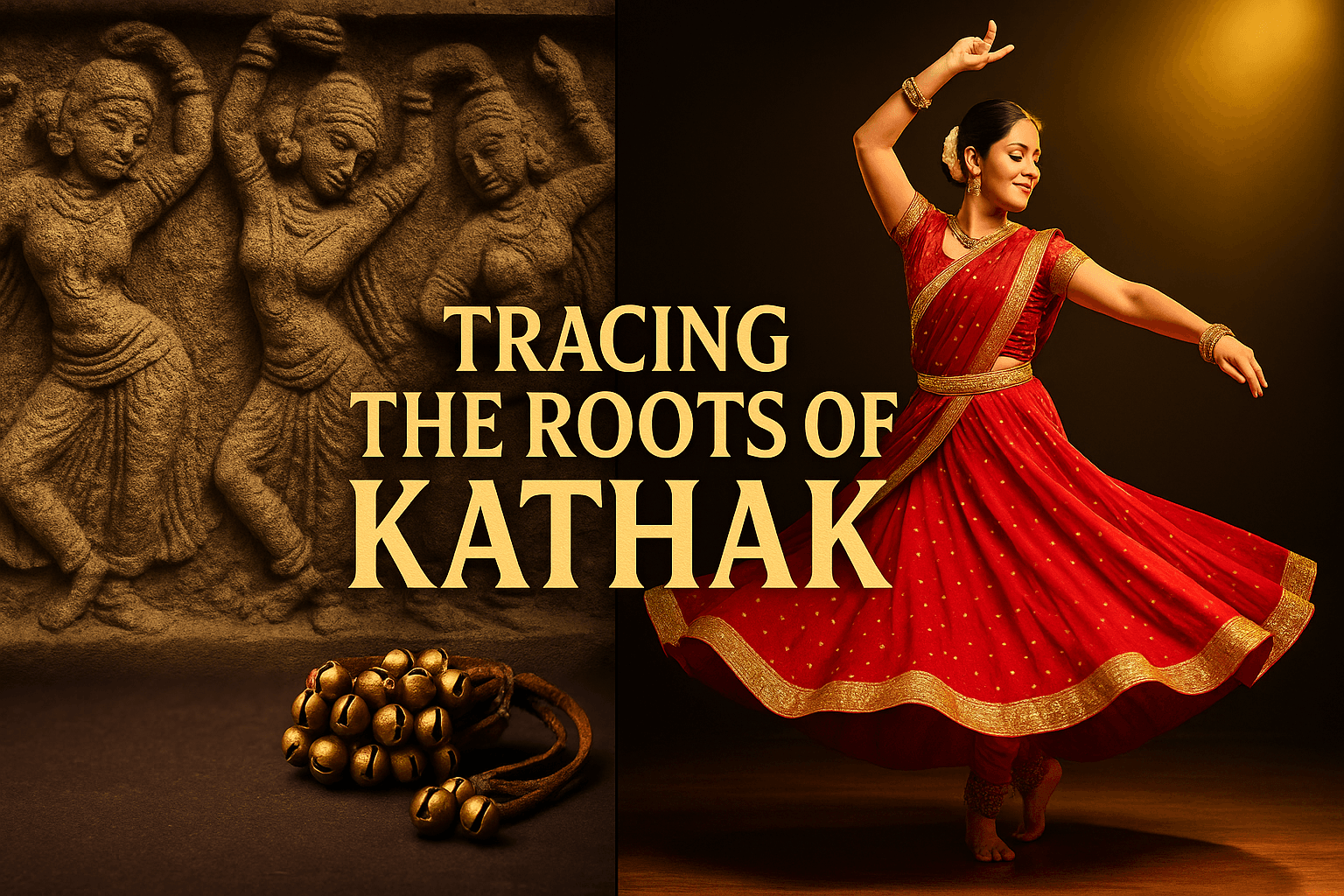 When you think of Indian classical dance, does your mind instantly drift to the graceful spins, rhythmic footwork, and expressive storytelling of Kathak dance? This timeless art form has captivated audiences for centuries, yet its origins and spiritual depth remain a mystery to many. Where exactly did Kathak originate? And why is it so deeply tied to the cultural fabric of North India?
When you think of Indian classical dance, does your mind instantly drift to the graceful spins, rhythmic footwork, and expressive storytelling of Kathak dance? This timeless art form has captivated audiences for centuries, yet its origins and spiritual depth remain a mystery to many. Where exactly did Kathak originate? And why is it so deeply tied to the cultural fabric of North India?
Kathak is more than just movement—it is a living narrative, a tradition that bridges mythology, history, and modern artistry. From temple courtyards echoing with devotional tales to royal courts that elevated it into a refined spectacle, Kathak has always reflected the pulse of its times. Today, its appeal stretches far beyond India’s borders, inviting learners and enthusiasts across the globe to explore its beauty and meaning.
Whether you’re simply curious about kathak in which state it first flourished or eager to understand its divine connections with storytelling and spirituality, this journey into Kathak’s roots will open up new perspectives. And if you’ve ever wondered how to experience this art form firsthand—through learning or even just listening—there are inspiring pathways to begin, from immersive podcasts to structured courses and guided trial classes.
If you’d like to go beyond reading and experience the essence of Kathak firsthand, you can explore our Learn Kathak Dance Online With Sakshi Tiwari Podcast. It’s a wonderful way to hear directly from a practitioner about the art form’s roots, nuances, and relevance in today’s world.
Let’s trace the origins, cultural identity, and modern transformation of Kathak together, and uncover why this dance remains one of the most powerful expressions of India’s heritage.
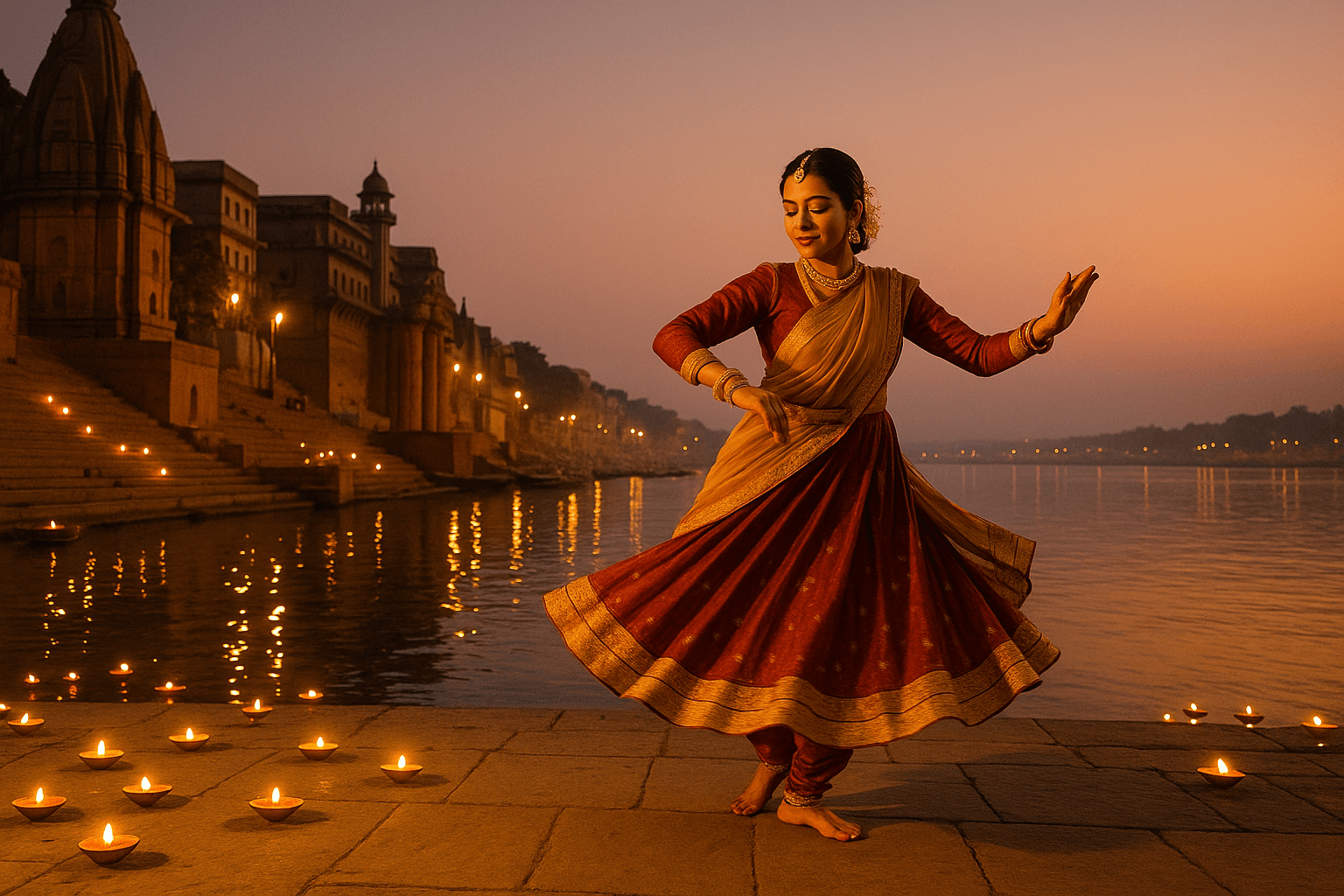
Have you ever wondered how a dance form can become a vessel for stories, history, and spirituality all at once? Kathak dance is one such art form—rooted deeply in India’s cultural soil and passed down through centuries as a living tradition. To truly appreciate its beauty today, we must travel back in time to uncover where Kathak originated and how it began shaping itself as more than just movement.
In its earliest form, Kathak wasn’t performed on a grand stage but in temple courtyards and village gatherings. Storytellers, known as Kathakars, used expressive gestures, rhythmic footwork, and vivid facial expressions to narrate tales from epics like the Mahabharata and Ramayana. The dance was a way to make spiritual and moral lessons accessible to everyday people, turning devotion into a mesmerizing visual experience.
Over time, this practice evolved, but its foundation remained clear: Kathak was a dance of storytelling. It was not only about performance but also about connecting communities through shared myths and values.
To put it simply, the early roots of Kathak reveal three powerful aspects:
When we think about kathak in which state it first flourished, most accounts trace its origins to North India, particularly Uttar Pradesh. Yet, the dance’s widespread appeal ensured that it never belonged to just one region—it became a shared treasure across many parts of India.
The story of Kathak’s beginnings reminds us that this dance is not frozen in the past. Instead, it continues to evolve, holding within it the echoes of temple bells, devotional chants, and the voices of countless storytellers who first brought it to life.
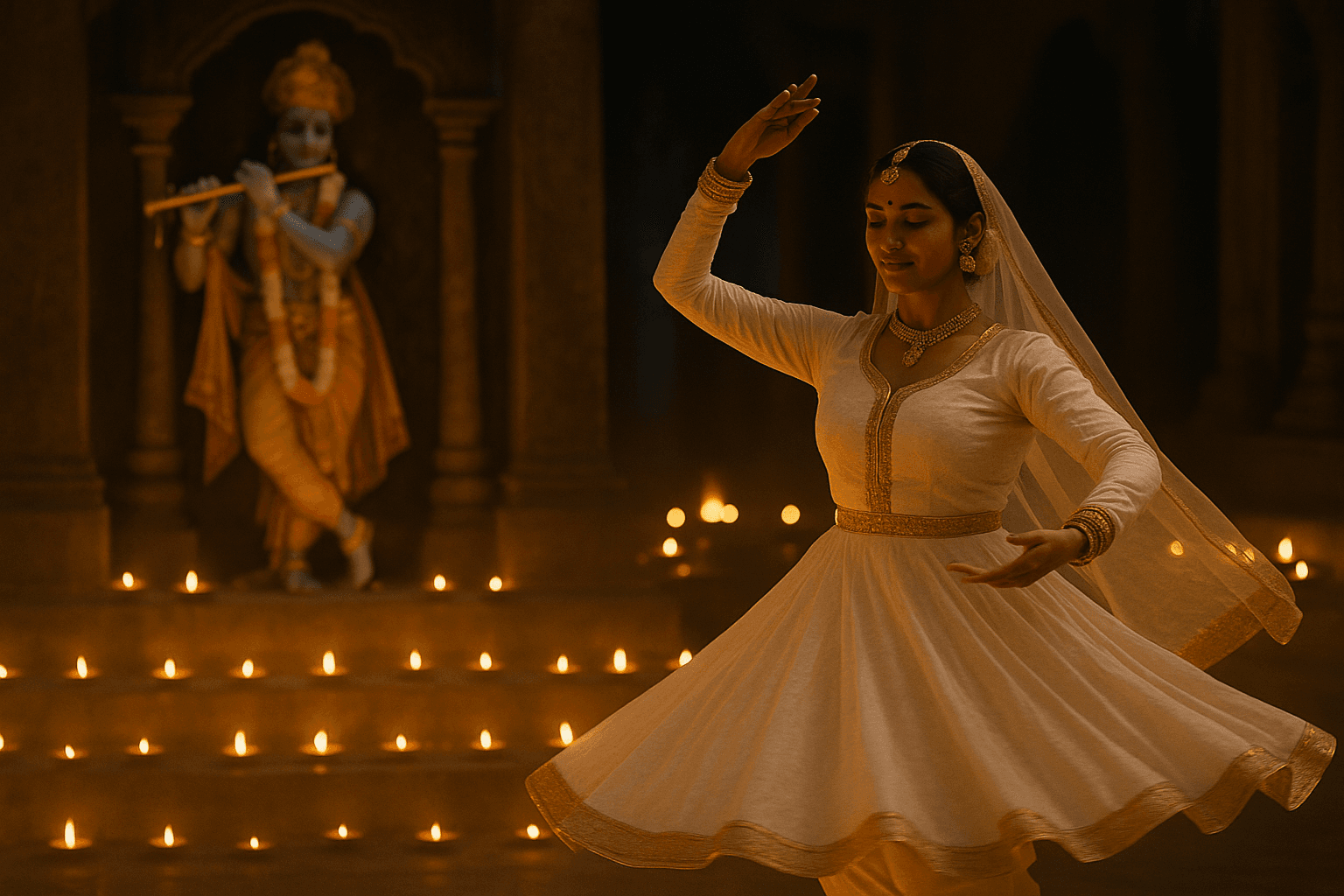 Have you ever paused to ask yourself, “Kathak is which state dance?” Understanding its regional roots helps us appreciate why this classical form feels so intrinsically tied to North India’s culture and history. Kathak didn’t emerge in isolation; it was nurtured in a region where storytelling, devotion, and performance intersected seamlessly.
Have you ever paused to ask yourself, “Kathak is which state dance?” Understanding its regional roots helps us appreciate why this classical form feels so intrinsically tied to North India’s culture and history. Kathak didn’t emerge in isolation; it was nurtured in a region where storytelling, devotion, and performance intersected seamlessly.
Primarily associated with Uttar Pradesh, Kathak’s early practitioners were deeply connected to temple rituals and local cultural traditions. Over time, its influence spread across neighboring states, including Rajasthan and Madhya Pradesh, giving the dance form a diverse yet coherent identity.
Some key aspects that shaped Kathak’s regional character include:
For learners today, connecting with the authentic essence of Kathak’s regional heritage is easier than ever. If you want to experience this firsthand and dive deeper into its cultural roots, Online Kathak Classes offer structured guidance from trained instructors, helping you explore the traditional nuances while practicing at your own pace.
By tracing Kathak’s geographic and cultural origins, we gain more than historical insight—we discover how geography, community, and devotion together molded one of India’s most beloved classical dance forms.
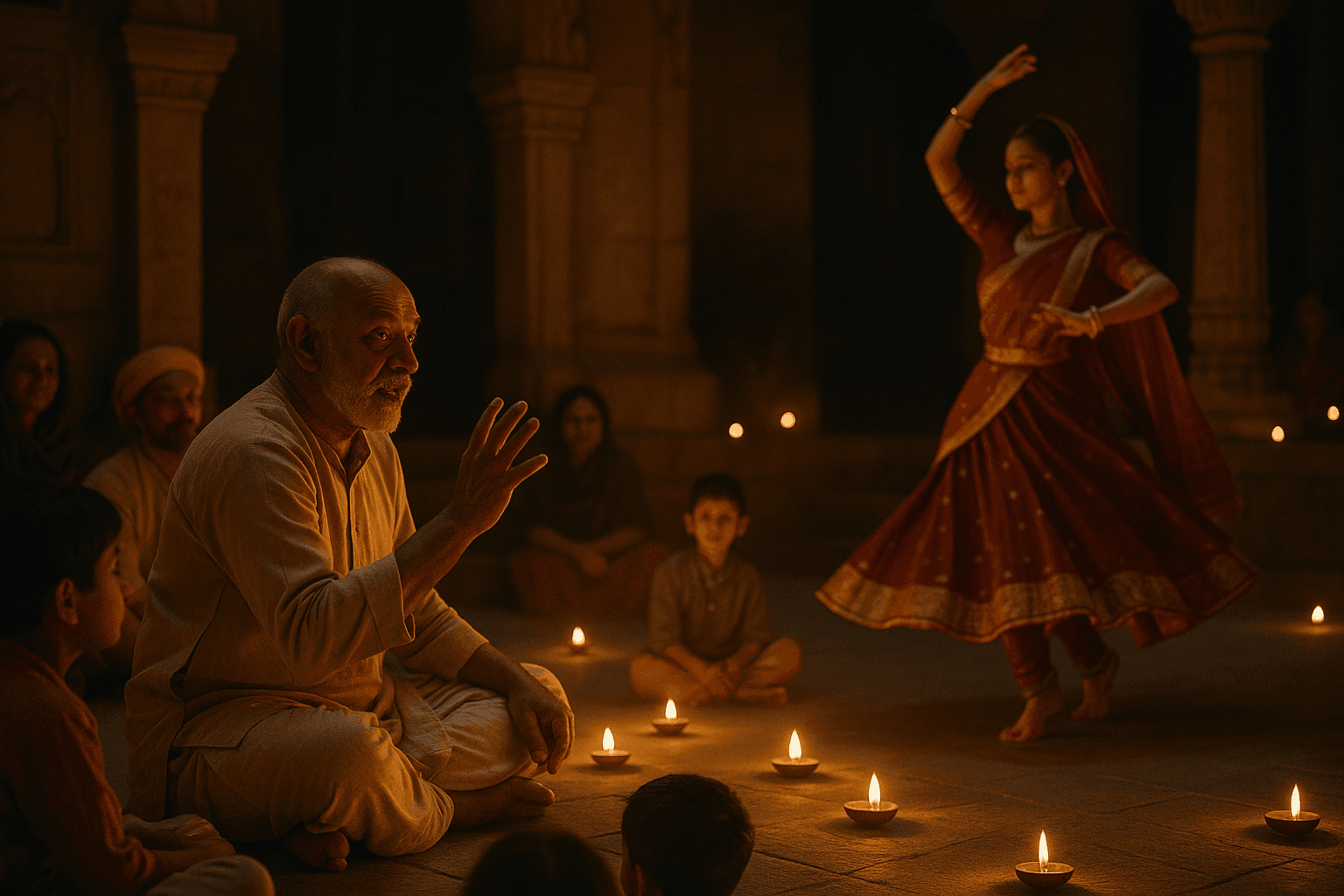 Have you ever noticed how some dances seem to carry a deeper meaning, almost as if every movement whispers a story beyond the physical? Kathak dance is one such form, deeply intertwined with spirituality and devotion. From its earliest days, Kathak was more than performance—it was a medium to connect with the divine, often narrating tales of gods and goddesses through expressive gestures and rhythmic storytelling.
Have you ever noticed how some dances seem to carry a deeper meaning, almost as if every movement whispers a story beyond the physical? Kathak dance is one such form, deeply intertwined with spirituality and devotion. From its earliest days, Kathak was more than performance—it was a medium to connect with the divine, often narrating tales of gods and goddesses through expressive gestures and rhythmic storytelling.
The spiritual essence of Kathak is reflected in several key elements:
What makes Kathak truly unique is its ability to balance rigorous technique with a deeply expressive, almost meditative quality. This connection between Kathak and the divine allows performers and audiences alike to experience a sense of transcendence—a reminder that dance can be both an art and a form of worship.
For those curious to explore this spiritual side of Kathak further, engaging with expert practitioners or guided lessons can deepen your understanding. By appreciating its devotional roots, you not only learn the dance steps but also the philosophy and storytelling that make Kathak an enduring symbol of India’s cultural and spiritual heritage.
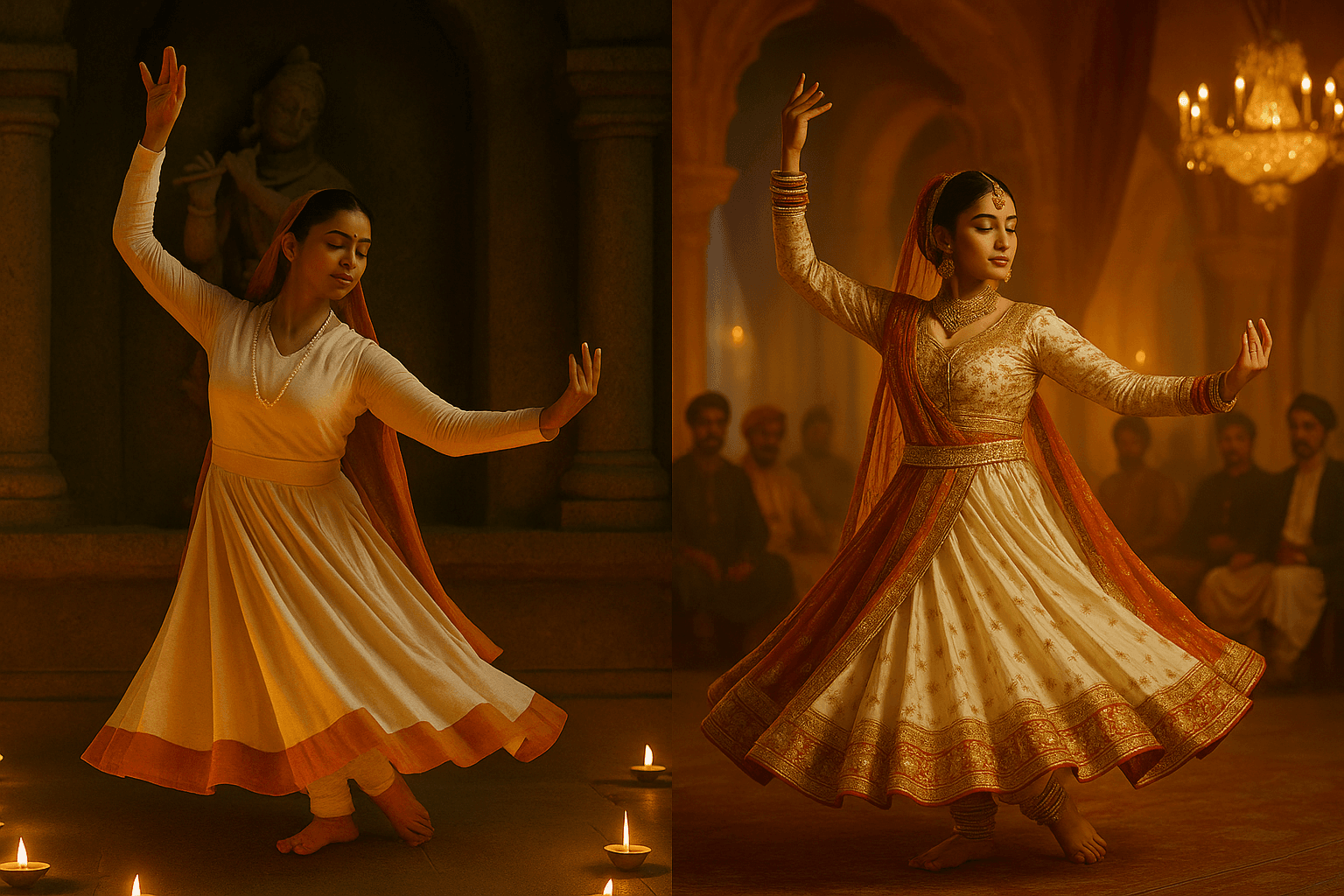 Have you ever wondered how a devotional dance performed in temple courtyards transformed into a grand spectacle in royal courts? Kathak originated as a medium of storytelling and worship, but its journey through history reflects an incredible evolution, blending devotion, culture, and artistry.
Have you ever wondered how a devotional dance performed in temple courtyards transformed into a grand spectacle in royal courts? Kathak originated as a medium of storytelling and worship, but its journey through history reflects an incredible evolution, blending devotion, culture, and artistry.
During the Mughal era, Kathak found a new stage—palaces and royal courts. Here, the dance embraced refined aesthetics, intricate footwork, and elaborate costumes. The influence of Persian and Mughal cultures introduced elements of elegance and precision, while the storytelling core remained intact. This period marked Kathak’s transition from purely spiritual expression to a performance art admired for both technique and narrative depth.
Key aspects of Kathak’s historical evolution include:
1 . Temple Roots: Dance as devotion, narrating mythological stories to inspire and educate communities. 2 . Court Patronage: Royal support allowed dancers to innovate, adding subtle gestures, complex rhythms, and dramatic expression. 3 . Fusion of Cultures: Hindu storytelling intertwined with Mughal artistry, giving Kathak its unique rhythm and style. 4 . Performance Art: Elevated from local gatherings to widely recognized classical performances, paving the way for modern stages.
For those fascinated by Kathak’s rich history, hearing from experienced practitioners can bring these stories to life. The Learn Kathak Dance Online With Sakshi Tiwari Podcast offers fascinating insights into how Kathak evolved over centuries, making it accessible to learners and enthusiasts worldwide.
Kathak’s journey reminds us that dance is a living tradition—rooted in devotion, shaped by culture, and continually evolving to inspire new generations.
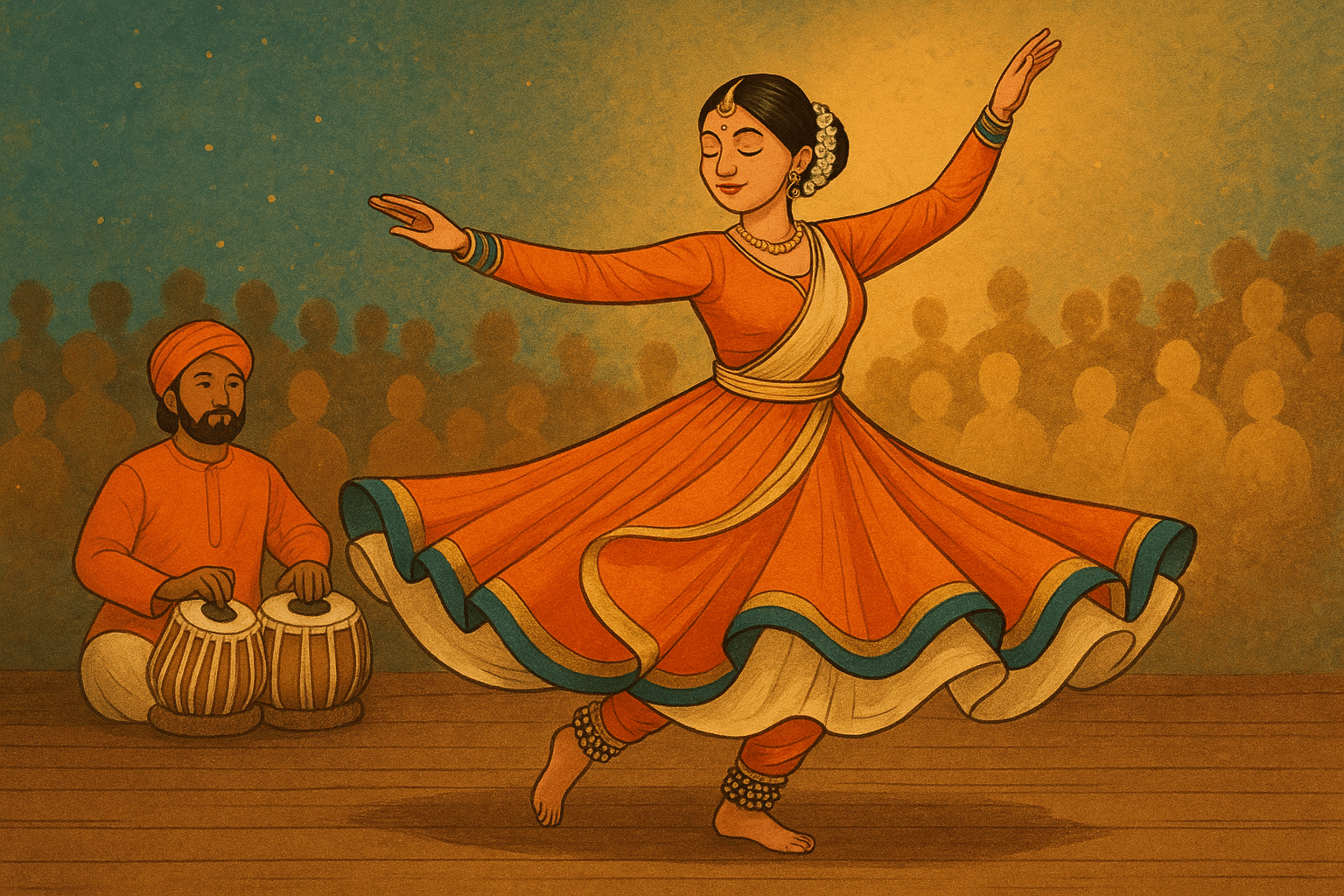 Have you ever noticed how two Kathak performances can feel entirely different, yet both captivate with equal grace? The secret lies in the gharanas of Kathak—distinct schools or lineages that have shaped the dance form’s technique, style, and expression over generations. Each gharana carries its own philosophy, rhythm patterns, and storytelling methods, yet all share the same soul: devotion, rhythm, and narrative artistry.
Have you ever noticed how two Kathak performances can feel entirely different, yet both captivate with equal grace? The secret lies in the gharanas of Kathak—distinct schools or lineages that have shaped the dance form’s technique, style, and expression over generations. Each gharana carries its own philosophy, rhythm patterns, and storytelling methods, yet all share the same soul: devotion, rhythm, and narrative artistry.
The most prominent gharanas include:
Understanding the differences between gharanas can greatly enrich your appreciation of Kathak. If you’re eager to explore these unique styles firsthand, structured learning can make all the difference. Through guided lessons, you can experience the subtle elegance of Lucknow, the rhythmic intensity of Jaipur, or the devotional storytelling of Benaras.
For learners looking to begin their journey, you can Book a Trial Class to explore the different gharanas and discover which style resonates with you most. By delving into the gharanas, you not only learn the movements but also connect with centuries of tradition and artistic expression that continue to define Kathak today.
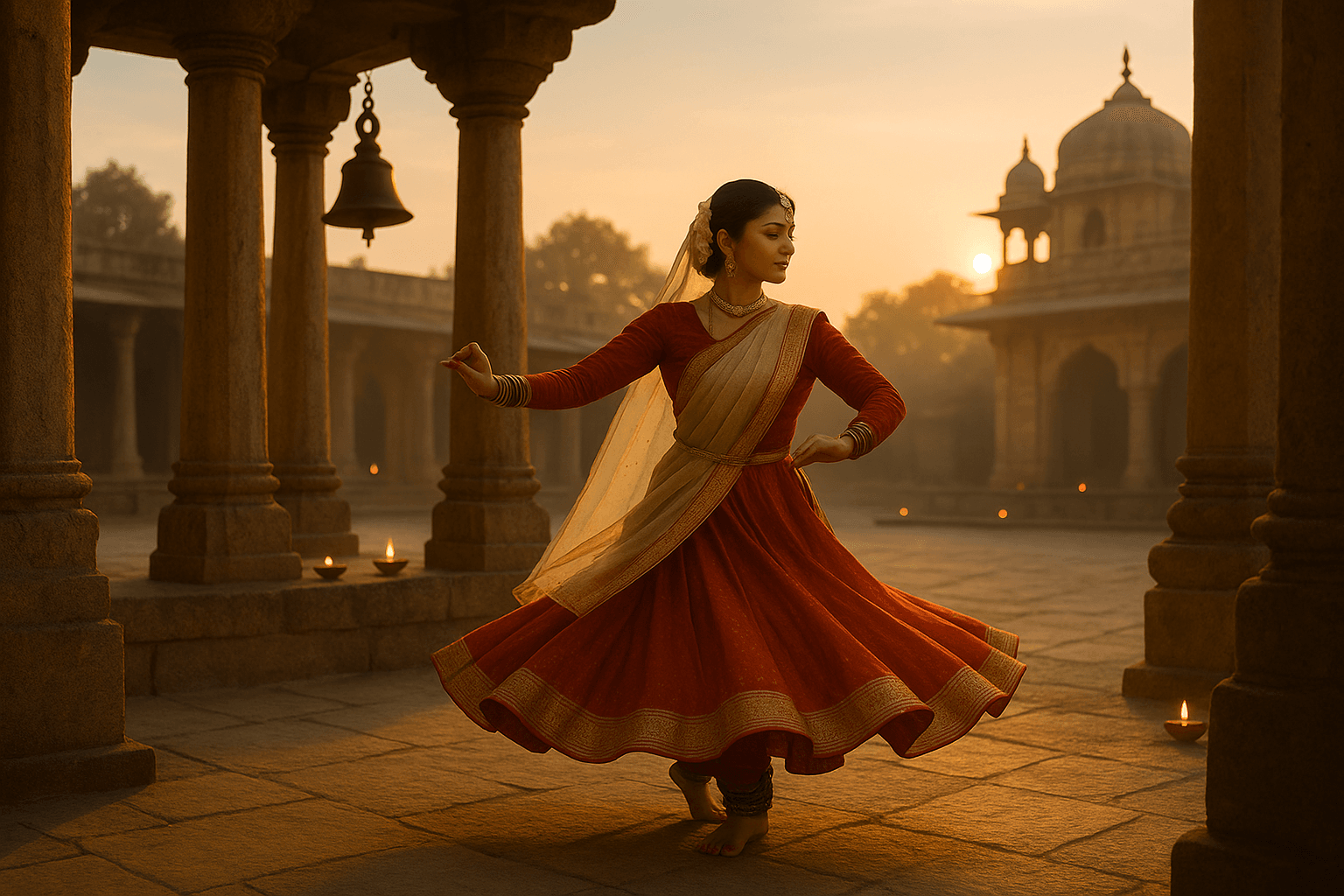 Have you noticed how classical art forms like Kathak dance are thriving far beyond their traditional roots? Today, Kathak has transcended regional boundaries, captivating audiences not just across India but around the globe. With globalization and digital learning, this centuries-old dance form is now accessible to anyone with curiosity and dedication.
Have you noticed how classical art forms like Kathak dance are thriving far beyond their traditional roots? Today, Kathak has transcended regional boundaries, captivating audiences not just across India but around the globe. With globalization and digital learning, this centuries-old dance form is now accessible to anyone with curiosity and dedication.
Modern Kathak embraces both tradition and innovation:
What makes Kathak particularly special in the modern era is its ability to retain its essence—storytelling, rhythm, and spiritual depth—while adapting to contemporary platforms and audiences. Whether you are performing on a stage, sharing a video online, or learning through a virtual class, Kathak continues to inspire and engage, proving that this classical dance form is timeless, evolving, and as relevant today as it was centuries ago.
Tracing the roots of Kathak dance reveals a journey that is as rich and intricate as the art form itself. From its origins in temple courtyards to the grandeur of royal courts, from devotional storytelling to modern global stages, Kathak has continually evolved while preserving its essence. Have you ever thought about how each spin, each rhythmic footwork, and each expressive gesture carries centuries of tradition and cultural wisdom? That’s the beauty of Kathak—it is both a dance and a living narrative, connecting us to history, spirituality, and creativity.
Today, whether you are curious about kathak in which state it first flourished, the distinct gharanas of Kathak, or its divine and devotional significance, there are ways to experience and learn this classical art firsthand. You can immerse yourself in expert guidance through Online Kathak Classes, explore its nuances with insightful resources like the Sakshi Tiwari Podcast, or take the first step by booking a trial class to experience the dance personally.
So, are you ready to embrace the rhythm, storytelling, and spiritual depth of Kathak? By exploring its history, regional identity, spiritual roots, and modern adaptations, you’re not just learning a dance—you’re connecting with a timeless tradition that continues to inspire generations. Kathak isn’t just performed; it is felt, lived, and celebrated. Will you take the first step on this enchanting journey?